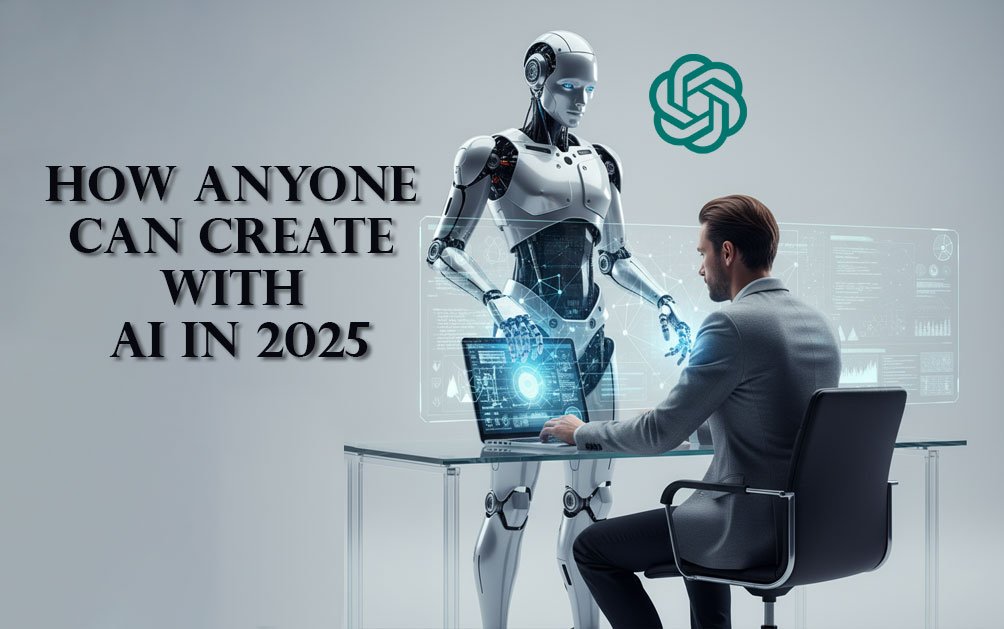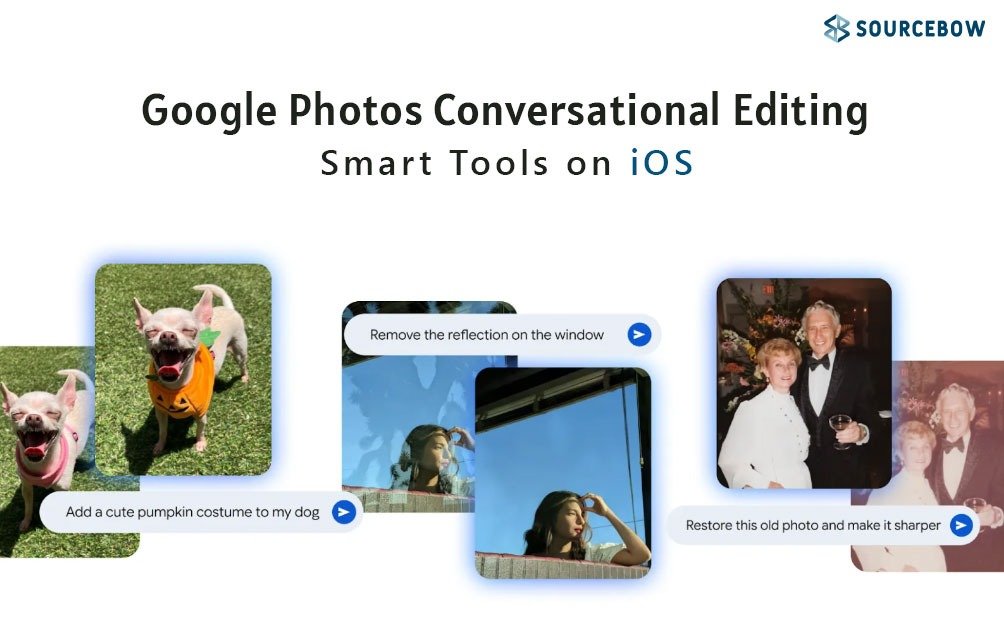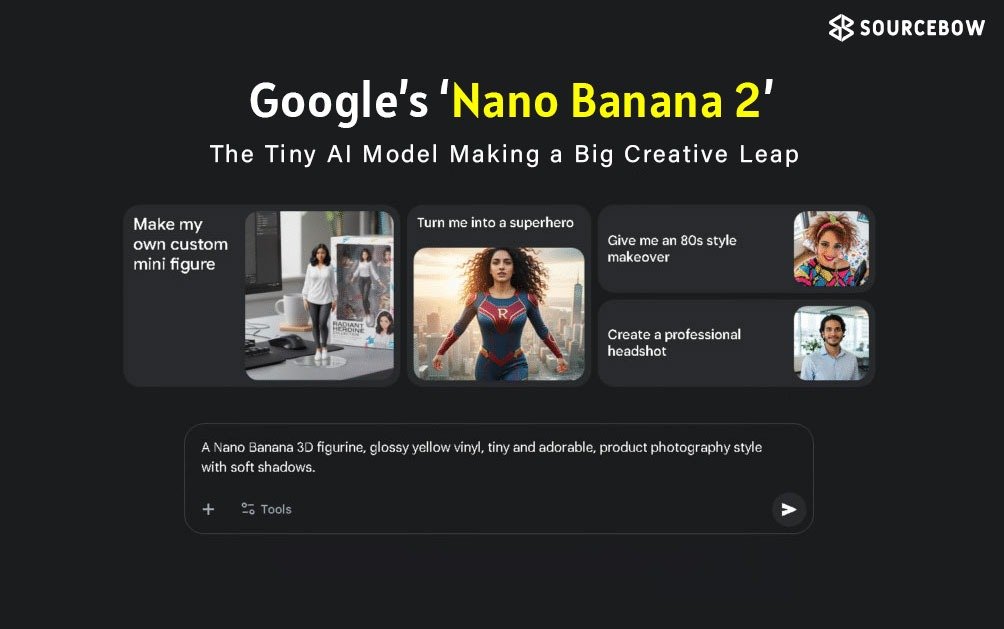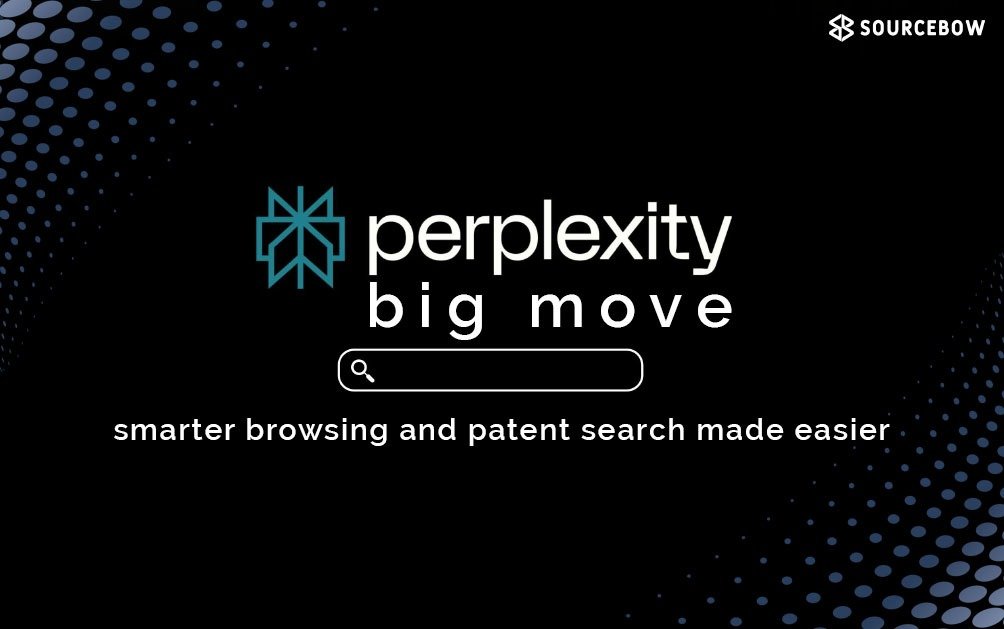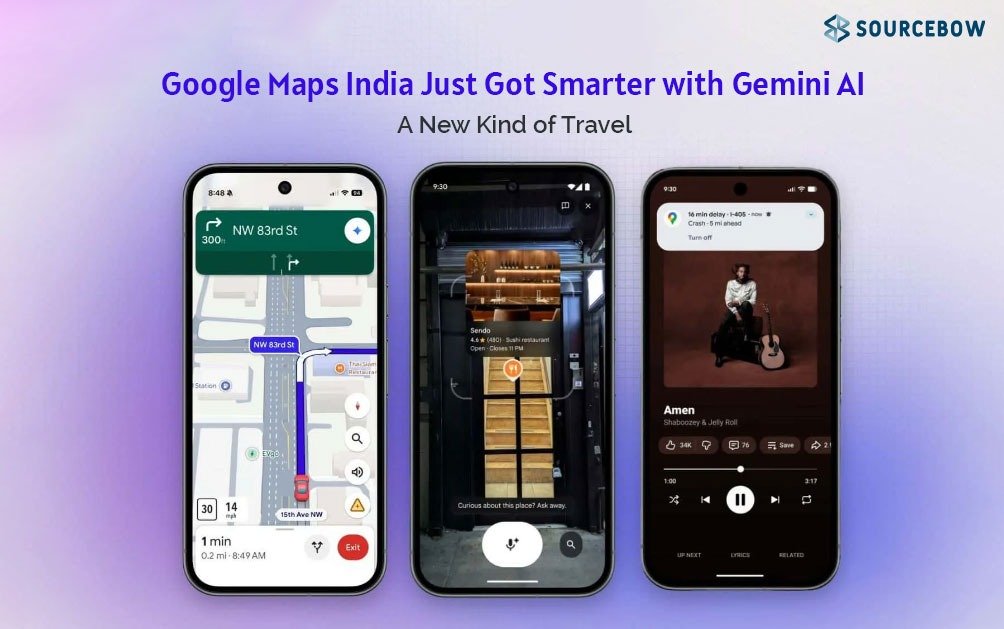How Anyone Can Create with AI: The 2025 Reality
Have you noticed how ChatGPT and similar tools show up in everyday tasks now? For many, it’s as routine as checking email or sending a text. Yet running a quick chat is just scratching the surface. The exciting part in 2025 isn’t about typing questions—it’s building things, fast, even if “coding” sounds intimidating.
Turning Rough Ideas into Real Solutions, Fast with AI
Consider this: a small marketing team recently faced a challenge. Every day, they scoured the web for companies needing better website text—a boring, repetitive process. Instead, they set up an end-to-end system in just an hour. Their approach? They used visual, no-code AI platforms to piece together the steps. Now, an AI voice agent reaches out to these companies, books meetings, and starts conversations—without anyone needing deep technical skills or weeks of development. What once seemed like the work of a specialized squad is now possible for just about anyone who can explain a need clearly.
The Rise of the “Builder” Mindset in AI
Walk into any leading startup, and you’ll sense a shift. At places like Notion, teams want people who do more than fill a job description. Developers stretch into design; designers get curious about business impact; marketers try out workflow automation. Siloed roles blur together. The person who can map an idea and quickly try it out with AI often shines the brightest.
One new company, Replet, has pushed this even further. Users describe exactly the kind of app they want, and Replet delivers a finished product in minutes—interface, features, backend, the works. It’s not about memorizing programming syntax. Success now hinges on how well someone can describe and visualize their solution.
Why Clear Communication Wins with AI
In today’s AI landscape, technical wizardry takes a back seat to crystal-clear communication. Describing problems and outcomes in plain language is the real edge. Whether building a prototype, pitching a marketing concept, or organizing business workflows, the most successful creators talk to AI as if guiding a colleague—pinpointing goals, rules, and the “why” behind each step.
Unexpectedly, non-technical professionals often build sharp, innovative tools, simply by drawing upon their everyday knowledge and explaining what’s needed in detail. The “magic” is in the clarity, not the code.
5 AI Tools That Open Doors in 2025
Anyone wanting to get started can try these tools right away:
- Manis (Research Automator): Market trends, competitive analysis, or finding leads. Manis pulls data from countless places to give you thorough reports in a flash—no more reading twenty tabs just to gather basic facts.
- Replet (Rapid App Creation): Design a new app by sketching out ideas in words. Replet takes care of everything from the interface to the backend, making it perfect for fast launches or prototypes.
- Apollo (Lead Engine): Define your ideal customer, and Apollo fetches detailed lists of prospects, contact info, roles, and all. Pair with email automation for a full sales pipeline on autopilot.
- Instantly (Campaign Sender): Feed your contact list into Instantly, and it manages entire email campaigns—scheduling, sending, and tracking—letting small teams connect with huge audiences.
- Hen 11 Labs (Content Creators): Hen can whip up avatars and videos. 11 Labs generates voiceovers that sound real. Together they let brands or creators make high-quality content without hiring actors or spending on costly shoots.
Get Smarter by Building in Public with AI
Sharing projects on platforms like LinkedIn or Twitter does more than just grab attention—it attracts conversations, feedback, and sometimes collaborators. Watching real-world reactions helps refine ideas faster than any planning session.
Not Just a Replacement for Skills—An Amplifier
These advancements do not replace creative people or eliminate jobs. Instead, they help everyone work at a pace and scale once limited to big teams. Designers, marketers, and innovators can do more—provided they communicate their needs clearly and embrace the tools.
Final Thought: People First, AI Powers the Engine
The real story in 2025 isn’t AI itself. It’s about people using imagination, sharp explanations, and a willingness to tweak and learn. If you can picture a solution and explain it, you can build it. AI powers the engine, but people chart the course.
Featured Image Suggestion: A futuristic workspace with diverse professionals using AI tools—some sketching apps, others generating content—highlighting collaboration and speed in 2025.

